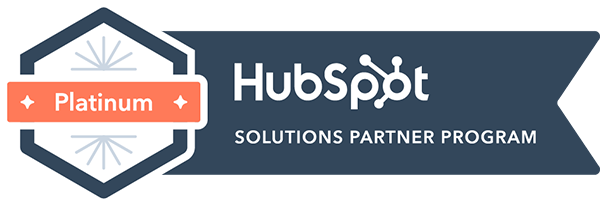 If the idea of updating your company website scares you, you’re not alone. Typical website overhauls include several moving parts, extensive research, branding and content changes, and a hope that it’ll all pay off once you launch it. Growth driven design is a new approach to website building that uses your site visitors’ behavior to make decisions along the way.
If the idea of updating your company website scares you, you’re not alone. Typical website overhauls include several moving parts, extensive research, branding and content changes, and a hope that it’ll all pay off once you launch it. Growth driven design is a new approach to website building that uses your site visitors’ behavior to make decisions along the way.
Where traditional website redesigns have one big launch, growth driven design is unrolled piece by piece, and responds and adapts as new data comes in.
What are the concepts of growth driven design?
Growth driven design, also called GDD, turns the usual website redesign process on its head.
Traditional website redesigns include one large upfront investment of time and money, and one launch date. After that launch date, there is often a period of stagnation, where no major changes happen on the site for a while. Eventually, it’s time to update the site again, and the cycle repeats.
This approach is notorious for running late and over-budget, because new changes tend to pop up as the project is underway.
GDD focuses on launching quickly and responding. You start by launching a site that has some, but not all, improvements made. And then you see how your site visitors respond. You gather data to learn, in real time, what is and is not working. And then you make improvements along the way.
This approach takes away so much of the risk associated with a website redesign, because you know it’s working as you go.
What does a growth driven design project look like?
A GDD project is meant to be spread out over time. It’s designed that way so that you can make changes and improvements that are proven to work, and it takes time to gather that data. But the payoff is much more immediate than a typical website redesign, because you’re going to see the results of each change right away.
The foundations of a GDD website redesign are pretty similar to your usual website redesign. They look like this:
Consider what’s working and what’s not on your current site. Use data and analytics to perform an audit and find weak points- Determine the goals for your new site
- Look at your ideal client avatars and use them to inform your site changes
- Come up with a strategy
The difference comes in after you have a strategy ready to go. Instead of redoing the whole site, you will launch the site with only some of the key changes. This is called the “launch pad” site. It’s meant to be a foundation that you will continue to improve upon. After the launch pad site is live, you gather data and see how clients and site visitors respond to the changes.
Once you have enough data to determine if those changes are working, you’ll make some additional changes. You’ll wait and see how those changes affect site visitor behavior.
Then, you repeat the process. Make a change, see how it works. Only keep the changes that are truly working. If you come across something that isn’t working, you make a change to only that piece and determine what works better.
Growth driven design: Waterfall vs. Agile
There are two main GDD design processes: waterfall, and agile.
The waterfall design process is a step-by-step approach. You complete one phase of the design, test it, and do not move forward until you are confident in that part of the design. Then you move on to the next step. The Growth Driven Design website compares the waterfall approach to building a house. You lay the foundation, frame the house, add windows, etc., and you don’t move on until each step has been finished.
The agile approach is more fluid. You launch quickly and make small changes as you go. You can revisit previously completed parts of the project and make improvements along the way.
Either way works as a GDD model; it just depends on how you and your team work, and what you would be comfortable with. In the end, the goal is still the same: create a website that has been tested and adapted every step of the way.




